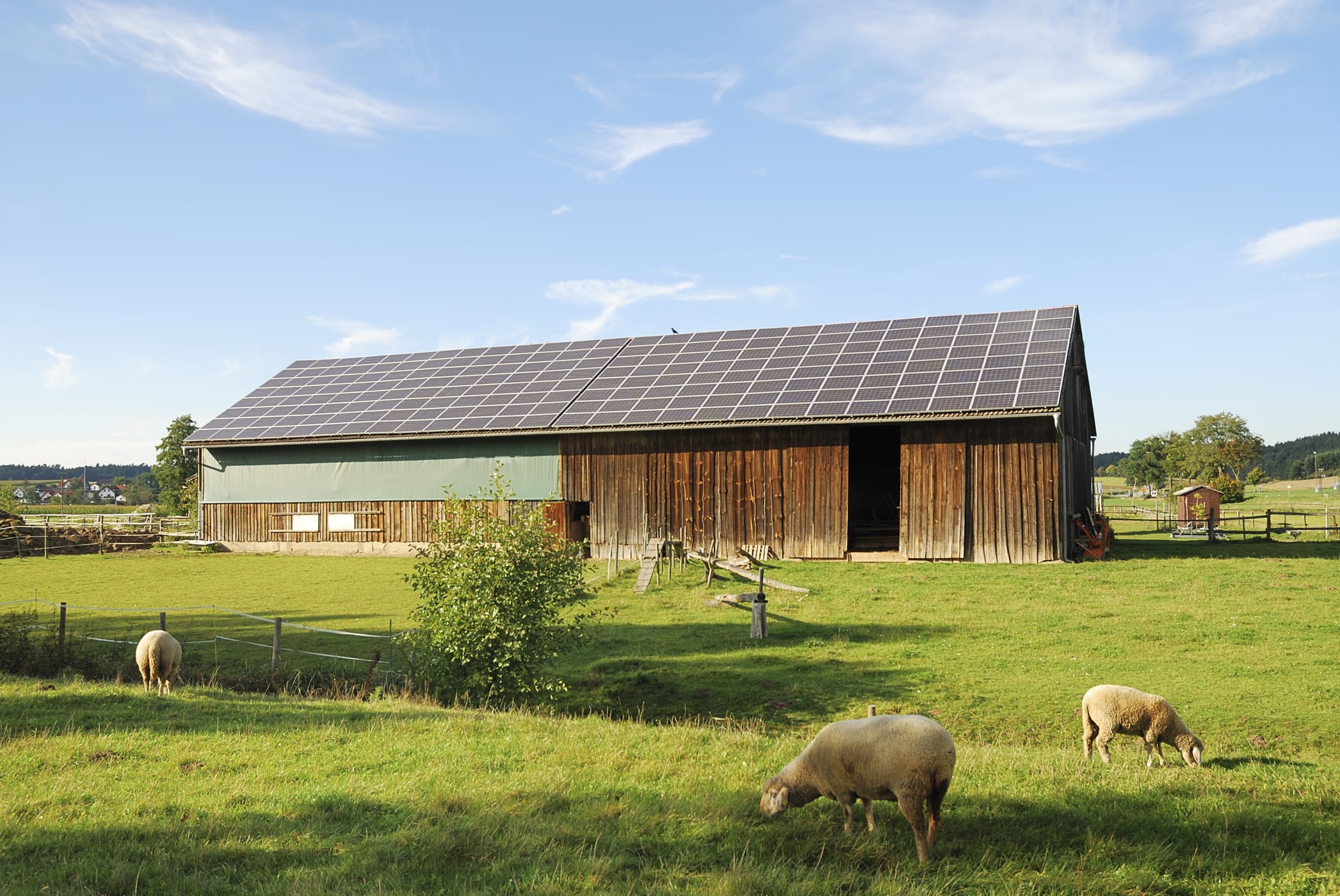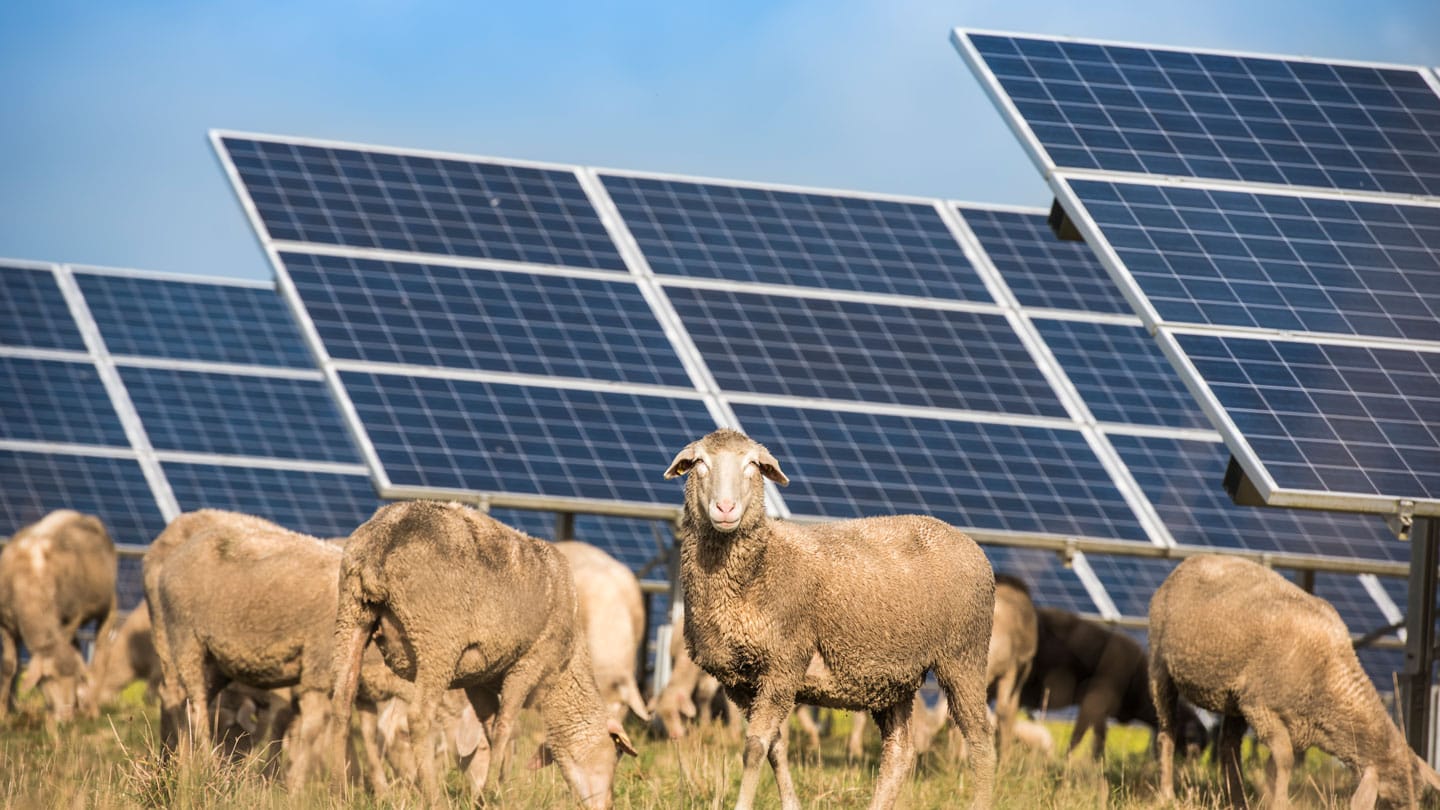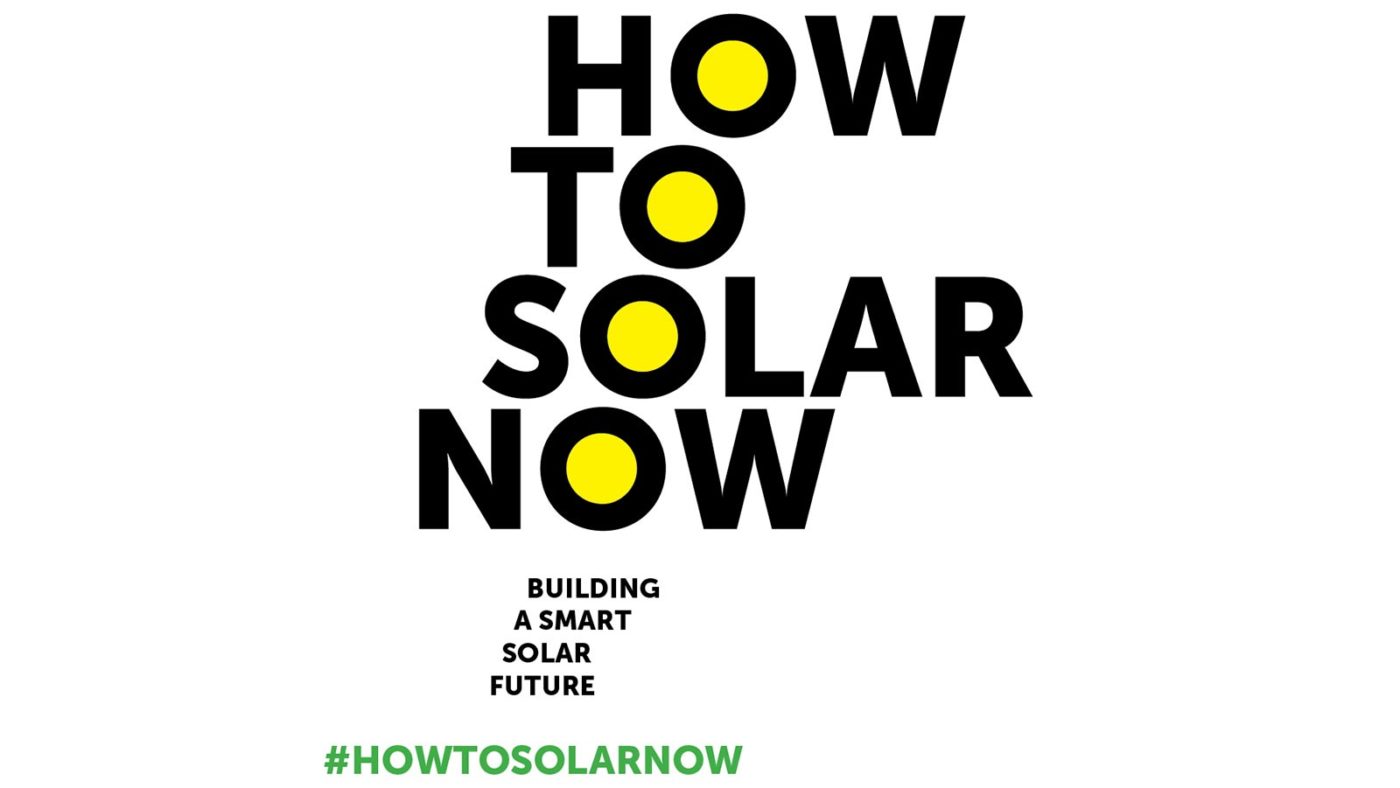Renewable Energy
Maximizing the development of solar power while protecting the region's priceless natural resources, scenic views, and historic sites.


The Hudson Valley is facing rising temperatures, shifting weather patterns, more frequent high-intensity storms, and sea level rise.
New York has adopted ambitious new policies to reduce greenhouse gas emissions (heat-trapping pollution) and fight this existential threat. The Climate Leadership and Community Protection Act mandates that 70% of electricity come from renewable sources by 2030 and 100% from carbon-free sources by 2040.
These policies will transition the state’s energy supply away from fossil-fuel power plants and toward energy independence through clean power from large wind and solar farms, as well as smaller-scale projects.
The Hudson Valley is already making strides toward these goals, with a focus on solar energy.
What’s at stake?
Renewable energy projects are a cost-effective and realistic climate solution. We must ensure that the Hudson Valley is a model for how this technology can be incorporated into our lives while protecting the natural, agricultural, and historic resources that people’s health, prosperity, and quality of life depend on.
What we’re doing
We are focused on climate solutions. To protect open spaces, farms, parks, preserves, and people, Scenic Hudson is committed to helping reduce New York State’s greenhouse gas emissions by leading the transition to renewable energy sources in the Hudson Valley.
Scenic Hudson supports the responsible siting of solar energy facilities in the Hudson Valley to reduce the region’s vulnerability to climate impacts. Our white paper, A Regional Response to Climate Change, outlines the organization’s approach and position on solar development in the valley.

We have also created a toolkit for community members and decision-makers to learn about and ultimately facilitate the development of solar energy in your communities. Our How To Solar Now initiative includes education on siting, zoning, mapping, and smart, successful development of solar energy systems on everything from landfills to rooftops.
Solar Ready, Climate Resilient: Best Practices and Recommendations for Solar Zoning in the Hudson Valley
Scenic Hudson’s “Roadmap to a Clean Energy Future”
A Guide to Siting Renewable Energy in the Hudson Valley
A Regional Response to Climate Change
Accelerating Large-Scale Wind and Solar Energy in New York

